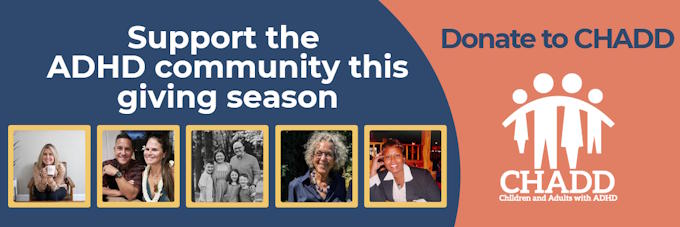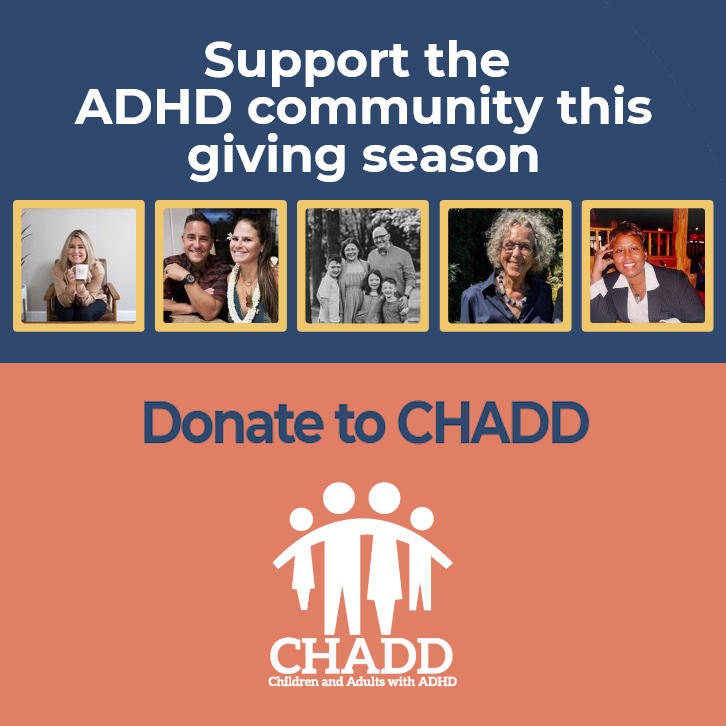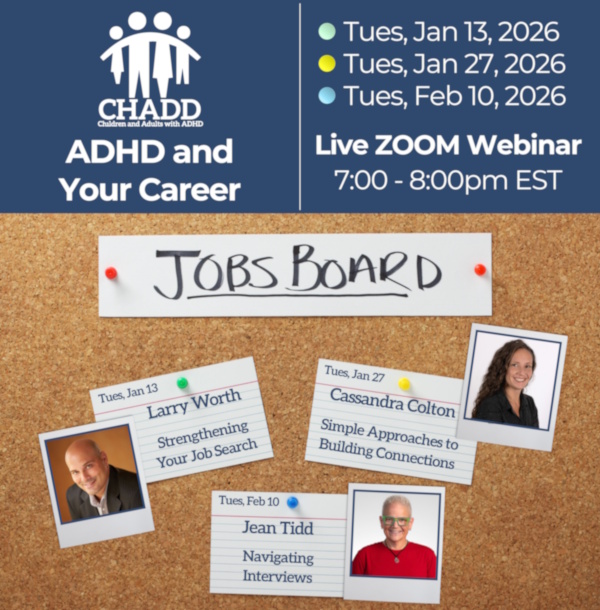Online Communities
ADHD in the News 2025-12-18
December 18, 2025Study links ADHD to a measurable brain activity pattern, with early signs it may be modifiable
TikTok’s mental health ‘rabbit hole’? It’s not in your head.
ADHD: girls’ symptoms are often missed in school because they don’t fit stereotypes – new research
ViewADHD Weekly, November 6, 2025
November 6, 2025Changing the Way You Communicate with Your Young Adult
Toppling the Myths of ADHD
The Impact of Screen Time on Neurodivergent Kids
ViewEvents
-
Training on ADHD | Self-Paced Online Courses
November 1, 2024—November 1, 2034
Register -
Listen to podcasts about ADHD
December 1, 2025—November 1, 2034
Register -
ADHD and Your Career: Strengthening Your Job Search
January 13, 2026—January 13, 2026 | 7 PM ET
Register -
ADHD and Your Career: Simple Approaches to Building Connections
January 27, 2026—January 27, 2026 | 7 PM ET
Register -
ADHD and Your Career: Navigating Interviews
February 10, 2026—February 10, 2026 | 7 PM ET
Register -
2025 International Conference on ADHD
November 13, 2025—November 15, 2025
Register -
ADHD Awareness Month
October 1, 2025—October 31, 2025
-
Understanding Neurodevelopmental Disorders After Epilepsy Surgery
June 30, 2025—June 30, 2025 | 2 PM PT/5 PM ET
Register -
A Productive Mindset that Keeps Showing Up Ask The Expert
May 22, 2025 | 2:00 EST

Attention Magazine
Recognized for its excellence, CHADD’s bimonthly magazine is rich in practical information, clinical insights, and evidence-based strategies for managing ADHD.
LEARN MORE






